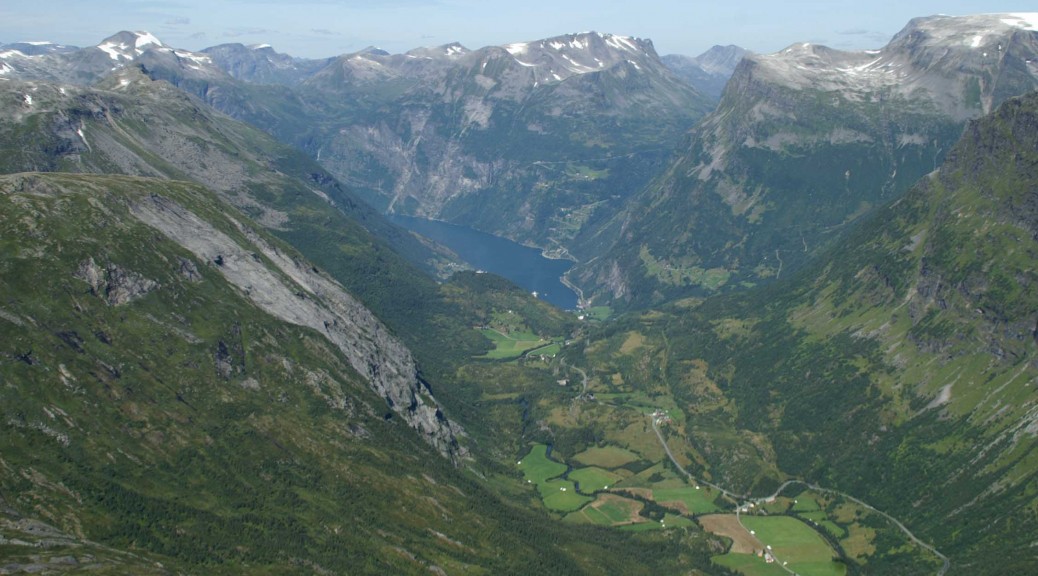Spanning across more than 100 counties are 981 UNESCO World Heritage Sites. These are places listed by the United Nations Educational, Scientific and Cultural Organisation (UNESCO) as culturally or physically significant. We have selected six from this vast list, hopping from continent to continent, to give you a taste of the amazing beauty and wonder that abounds in our world.
Africa
iSimangaliso Wetland Park – South Africa
Declared: 1999
Type: natural
This is South Africa’s first world heritage site. The park contains three major lake systems, eight interlinking ecosystems, coastal dunes, centuries-old fishing traditions, most of South Africa’s remaining swamp forests, Africa’s largest estuarine system and more than 6 500 plant and animal species such as elephants, hyenas, painted dogs, hippos, kudus, sunis, bushbuck and duikers.
Asia
Sagarmāthā National Park – Nepal
Declared: 1976
Type: natural
This area in the Himalayas is dominated by Mount Everest. Sagarmāthā is a Nepali word meaning “sky head”. It is the highest national park in the world and home to more than 118 species of birds and 26 species of butterflies. Other animals living in the park include the Snow leopard, Musk deer, Wild yak, Red panda, Himalayan black bear, Himalayan tahr, jackals, weasels, martens, Common Langurs and pikas.
Australia
Shark Bay – Australia
Declared: 1991
Type: natural
Shark Bay is an exceptional area due to its population of dugongs, its stromatolites and its massive sea-grass beds, which are the largest in the world. There are over 320 fish species and 240 bird species, as well as various mammal species, four of which are found nowhere else in the world. Some of the fauna you can expect to see, besides over 10 000 dugongs, include dolphins, sharks, rays, Angel fish, whales, turtles, wallabies, bandicoots and woylies.
Europe
West Norwegian Fjords, Geirangerfjord and Nærøyfjord – Norway
Declared: 2005
Type: natural
Fjords are long, narrow inlets with steep sides created by glacial erosion. The west Norwegian fjords are two of the world’s longest and deepest fjords. The numerous waterfalls, free-flowing rivers, deciduous and coniferous forests, lakes, glaciers and mountains of this region create a breathtaking sight. In and around the fjords lie abandoned farms, as well as a quaint village called Geiranger.
North America
Pre-Hispanic City and National Park of Palenque – Mexico
Declared: 1987
Type: cultural
The ruins of this former Mayan city state were absorbed into the jungle before being excavated and restored. Situated in the Chiapas State in Mexico, it contains some of the finest and most elegant Mayan architecture, sculptures, roof combs and bas-relief carvings.
South America
Cerrado Protected Areas: Chapada dos Veadeiros and Emas National Parks – Brazil
Declared: 2001
Type: natural
These areas contain some of the world’s oldest and most diverse tropical ecosystems. Together they have created a haven for various species during periods of climate change and are integral in maintaining the biodiversity of the Cerrado region for the future. The Chapada dos Veadeiros National Park has some of the oldest rock formations on the planet; forests which contain more than 25 species of orchids, as well as numerous species of Brazilian trees; rivers; waterfalls; canyons and valleys. Animals include the Pampas deer, Marsh deer, Maned wolves, jaguars, rheas, seriemas, armadillos, anteaters, capybaras, tapirs, toucans and vultures. Many of these animals can also be found in Emas National Park, along with pumas, ocelots, peccaries, brockets and howlers.
It is clear just from the handful of examples here that these sites have been celebrated and protected not only due to their incredible beauty, but because they are home to an abundance of life and a connection to our own history. Without these amazing places and all that they contain, the world would be a very and empty lonely place.
Originally published on Safaris Tour
Image source
